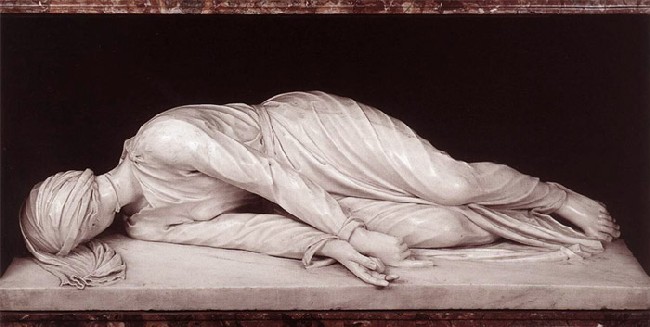I try to read a few pages in a monastic book each day, but I neglect this practice more often than I enjoy it.
After the morning office a few days ago I got my current monastic book(1) and opened it to where I stopped reading, but I got called away and it was not until late at night that I saw the book again, still there, opened and unread.
Happily, yesterday and today I was able to read several pages. The book is now summarizing the role of monasticism and particular monks in the Carolingian renaissance (about 790 AD to about 900 AD). That renaissance was brought about by Charlemagne’s efforts to bring order to the West.
Charlemagne “attacked disorder in every domain: doctrine, morality, worship, and monastic observance.”
In terms of the liturgy, Charlemagne wanted to restore the older liturgical practices and to accomplish that, “it was thought closer contact with Roman liturgy had to be renewed.” And to bring about such renewal, Charlemagne encouraged the study and learning of Latin. It was thought that if priests did not know Latin, they could not properly understand the “Sacred Scriptures.”
Monks served as major teachers of these renewing activities. Their works led to more learning, reading, and the spread of Latin.
The desire for renewal by the use of Latin in the liturgy is a discussion topic today (both pro and con) as a result of Pope Benedict XVI’s actions, but the 21st century is the not the first time a similar work has been started, it also happened in the 800s AD during the Carolingian renaissance and was moved ahead by monks who also took the Benedictine name.
These early works by Benedictine monks further solidified the monastic tradition in the West on its three pillars: sacred reading, liturgy, and work.
___________________________
Footnote:
The Love of Learning and The Desire for God: A Study of Monastic Culture, by Jean Leclercq
Saturday, December 20, 2008
Nothing’s new except seeking the old. A Benedictine oblate blog
Subscribe to:
Post Comments (Atom)







No comments:
Post a Comment